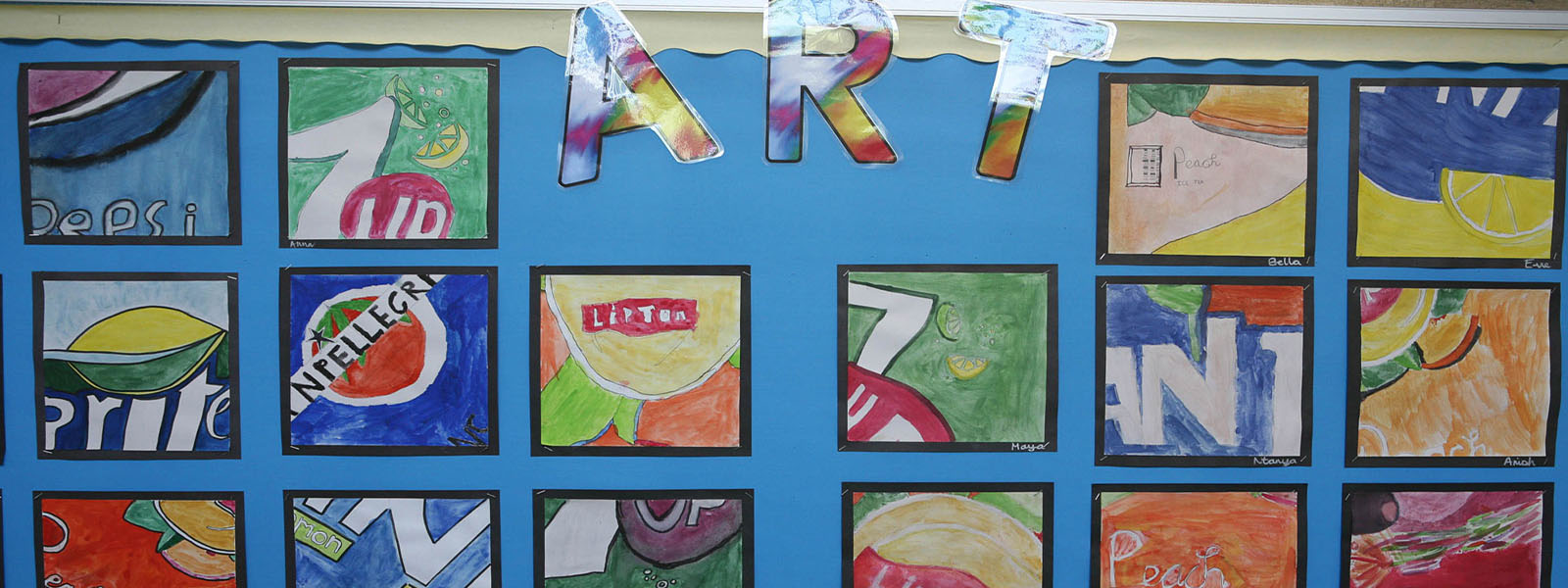Art
ART CURRICULUM BRIDGING OVERVIEW
ART PROGRESSION OF KNOWLEDGE AND SKILLS
Each year group has topic sessions devoted to this important subject, which is concerned with the creative and aesthetic response to the visual and tactile qualities of the natural and constructed world.
Intent
At Fairlawn Primary School we recognise the importance of Art and Design as part of a broad and balanced curriculum. Learning, developing and honing skills and techniques in art and design gives children an additional language, a visual one, that provides another means by which to express and process their thoughts and ideas.
Through our teaching of Art and Design, we intend to engage, inspire and challenge pupils’ preconceptions, allowing them to think critically and develop an in-depth understanding of the subject. We intend to equip children with the knowledge and skills they need to experiment, invent and create their own work.
The aims of teaching Art and Design at Fairlawn are:
- To provide opportunities for children to share and discuss their subjective opinions about their own work and the work of others in ways that are respectful.
- Allow children time to create with opportunities to problem solve and review and refine their work.
- Teach children skills and processes with a range of materials with progression mapped across key stages.
- Place art and design in a wider context.
- Introduce children to a range of artists from different times, places and cultures.
- Provide an environment where children feel safe taking risks and are not intimidated by ‘getting it wrong’.
Implementation
The teaching of Art and Design at Fairlawn Primary School is based on the Early Years Foundation Stage Curriculum and the National Curriculum for Art and Design: Key Stages 1 and 2. By the end of each key stage, pupils are expected to know, apply and understand the matters, skills and processes specified in the relevant programmes of study. We use Kapow Primary’s Art and Design scheme of learning to support the planning and teaching of Art and Design, which has a clear progression of skills and knowledge.
Units are organised into 4 domains:
- Drawing
- Painting and mixed media
- Sculpture and 3D
- Craft and design
‘Portraitures’ is taught each year, and the remaining domains are taught in a progressive sequence over the course of study.
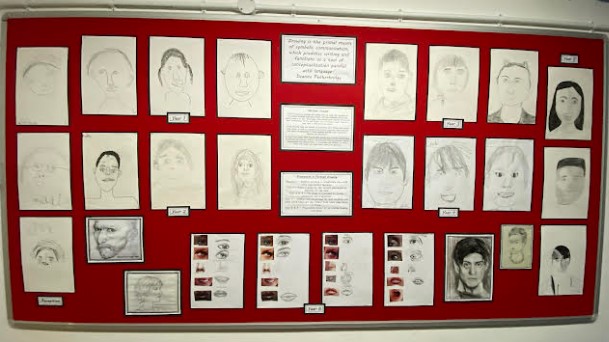
Reception children produce a recognisable face with some appropriate features. In Year 1 the children focus on the correct placement of features on the face. In Years 2 and 3 the skills extend to include proportion. In Year 4 the children are encouraged to look carefully and draw what they can see, rather than what they know is there. Further into KS2 progression moves on to include shading and tone.
Units of lessons are sequential, allowing children to build their skills and knowledge, applying them to a range of outcomes. The formal elements, a key part of the National Curriculum, are also woven throughout units. Key skills are revisited again and again with increasing complexity in a spiral curriculum model. This allows pupils to revise and build on their previous learning. When planning, teachers assess and adapt learning so that all children are supported and challenged at their level.
In the EYFS, the development of children’s artistic and cultural awareness supports their imagination and creativity. We provide children with opportunities to engage with the arts, enabling them to explore and play with a wide range of media and materials. We understand that it is the quality and variety of what children see, hear and participate in that is crucial for developing their understanding, self-expression, vocabulary and ability to communicate through the arts. The frequency, repetition and depth of their experiences are fundamental to their progress in interpreting and appreciating what they hear, respond to and observe. Kapow Primary’s Art and Design scheme of learning is used to support the planning of activities to fulfil these aims.
In both KS1 and KS2, children are exposed to the work of a range of artists, craft makers and designers. They look at the similarities and differences between different practices and media, and make links to their own work. Creativity and independent outcomes are robustly embedded into each unit, supporting students in learning how to make their own creative choices and decisions, so that their art outcomes, whilst still being knowledge-rich, are unique to the pupil and personal.
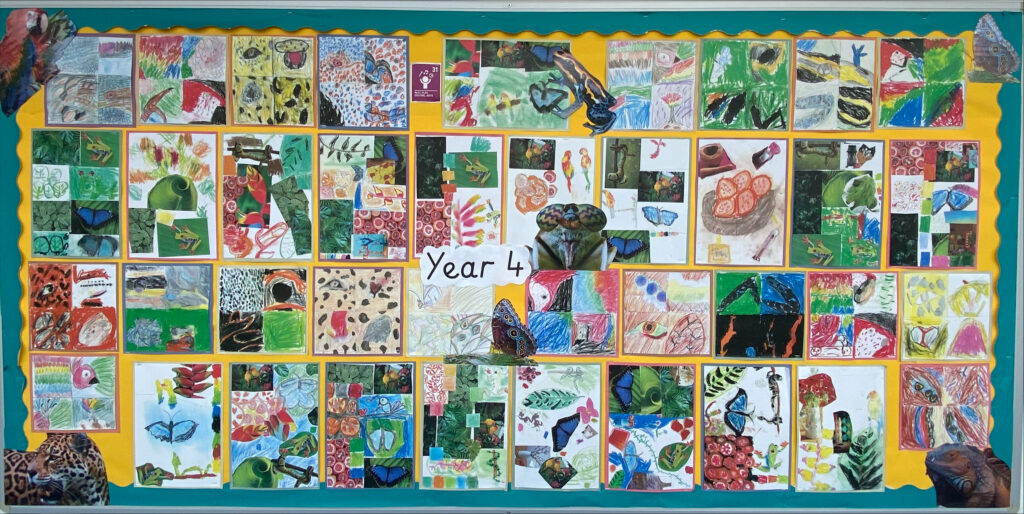
Children develop their techniques, including their control and there use of materials, showing creativity, experimentation and an increased awareness of different kinds of art, craft and design. Children also begin to develop the use of a sketchbooks to record their observations and use them to review and revisit ideas.
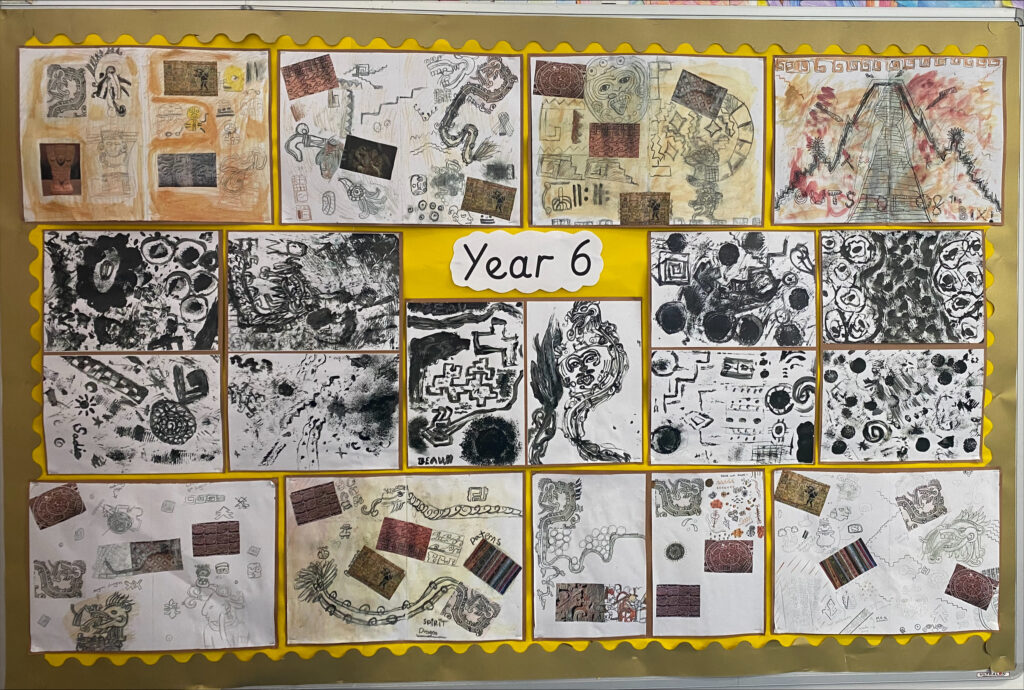
In KS1 and KS2, Art is taught in weekly 50-minute lessons every other half term (alternating with DT). Full details can be found in the Art Curriculum overview, available at the top of this webpage.
Impact
By following a comprehensive scheme of work that is closely in line with the requirements of the National Curriculum, it is expected that the children will show clear progression across all three key stages.
Art and Design is assessed by class teachers on a termly basis and used to highlight children who excelled, children who did not meet the objectives and to detail what needs to be put in place for these children. It also highlights any implications for how future units should be taught.
By the time children leave Fairlawn Primary School, they should see themselves as artists who can work confidently, both independently and cooperatively, across a range of mediums. They should be confident in the skills and techniques they have learned from the time they joined Fairlawn and are able to apply this knowledge practically. They should also be able to talk confidently about artworks using appropriate vocabulary and refer to formal elements.
